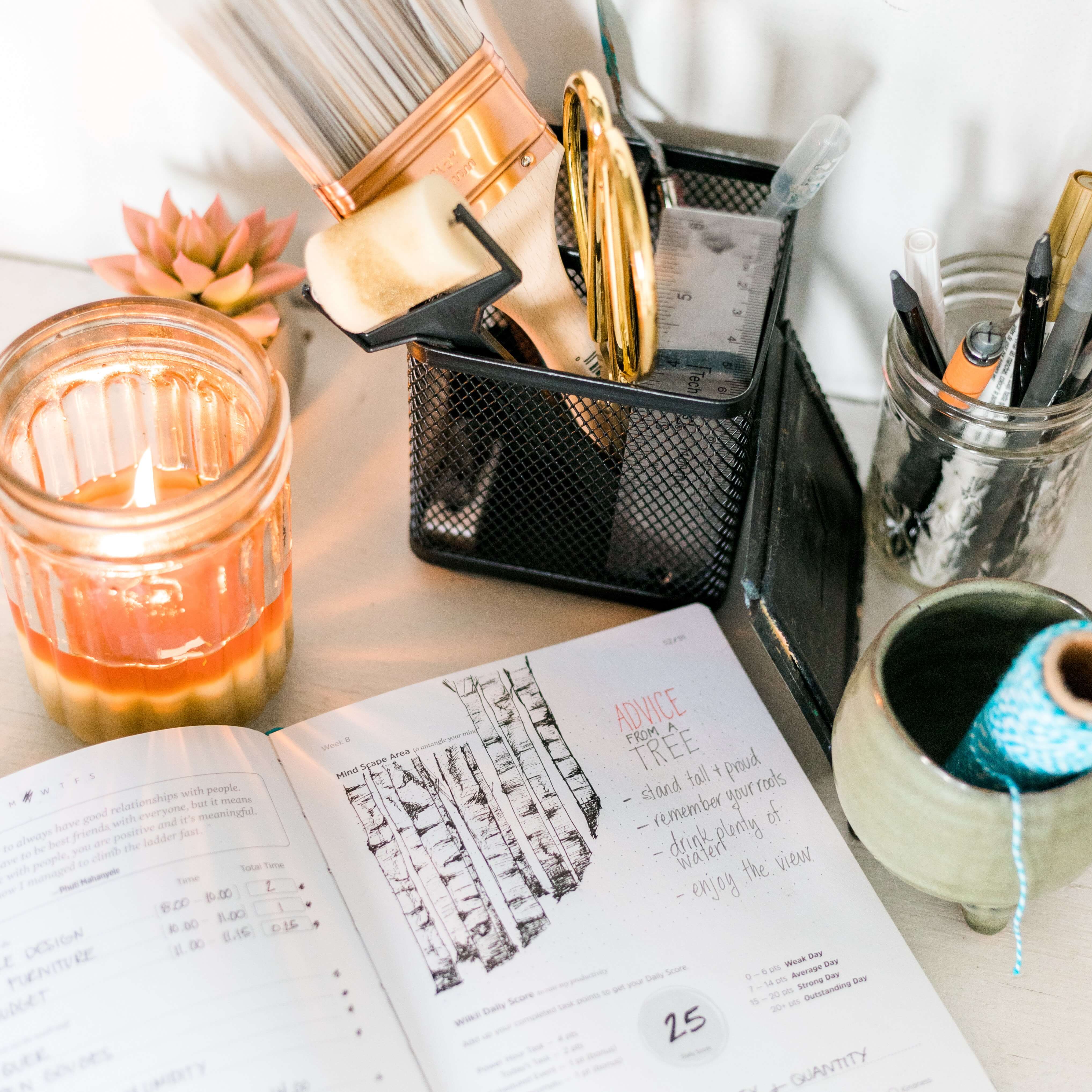Unless you’ve been living under a rock then you’ve probably heard about the minimalism revolution.
Minimalism is the art of focusing on what truly matters and eliminating clutter, internally and externally.
While minimalism is often connected to “stuff”, you can also create a minimalist schedule to have more structure and focus in your life.
As human we often have the tendency to say yes to too many things, we fear missing out on moments, or we simply don’t want to disappoint someone.
However, by piling appointments and tasks on top of each other, we do ourselves and others a disservice.
Creating a minimalist schedule means sticking to important tasks and appointments and letting go of all that is not important and makes us lose focus.
You’ll become more focused, less stressed, and you’ll be able to actually be in the moment.
The idea is that you’ll start eliminating things that don’t offer added value. So, how do you learn the schedule your day like a minimalist?
Step 1: Evaluate your Current Schedule First
Before you even start this journey, ask yourself what your feelings towards your schedule are.
Do you feel overwhelmed, stressed, or are you pretty satisfied when the night falls?
Negative feelings require change but positive feeling indicate that the course your in is exactly what it should be.
Change doesn’t happen overnight so you must truly know why you’re changing.
Know what you feel and know the consequences if you don’t change your bad habit. That’s the only way to improve!
Step 2: Have a Purpose
Having a goal may offer guidance, but having a purpose offers a reason to get up in the morning and be a better person than yesterday.
That’s what you’re looking for. What is that you want to achieve or be in life?
Your purpose is going to be the reasoning behind every decision you make, every meeting you take, and every task you tick off.
If it doesn’t help your purpose than it automatically is not worth doing, it’s not worth scheduling.
Step 3: If It’s Not a Hell Yeah…
In the book Essentialism, the author—Greg McKeown—argues that if something isn’t a hell yeah then it’s a no.
Your friend asks you to go to yoga. Is your immediate answer not a hell yeah? Then you should politely decline.
Score your invites, task, and activities by importance and relevancy. Everything below 9 is simply not worth it.
Step 4: Make a Priority List Every Day
We have the habit of making a to-do list. Every day we run wild trying to tick all the boxes while at the same time the list grows longer.
Instead, make a list of your top 3 priorities. The Wilkii Planner has a special section to write these down.
Your priorities are what your complete focus should be on and any other task is simply extras to get done.
Make priorities for the month, for the week, and for your day-to-day. That’s how a minimalist schedule is created.
Step 5: Say NO!
Probably the most important, but the hardest thing to do is learning to say no going forward.
We’re wired to say yes, but remember the consequences if you don’t switch to a minimalist schedule?
Saying no will feel awkward and some people may get mad, but you’re in charge of your time and no one should take the wheel.
Learn to say no without any long explanation that is actually more excuses. Feel how free it feels when you say, “No, I can’t!”
Living according to a minimalist schedule takes discipline, but the reward will be worth the process. The best leaders in the world have adopted this strategy because they realize that the only way to move forward is by leaving the weights behind.



